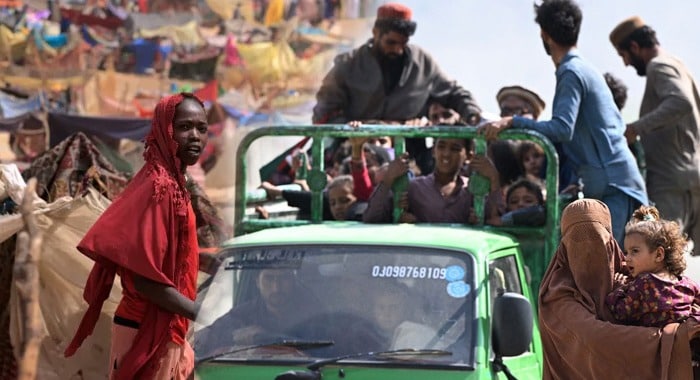The United Nations High Commissioner for Refugees (UNHCR) has revealed that over 10 million people in Afghanistan have been forcibly displaced due to decades of war, persecution, and ongoing humanitarian crises, placing the country among the top three globally in terms of displacement.
In its latest report released Thursday, the UNHCR states that the total number of forcibly displaced people worldwide has surged to over 122 million as of April 2025. This marks an increase of 2 million since last year and nearly double the figure recorded just ten years ago.
A key finding in the report is a 9% rise in the number of internally displaced persons (IDPs), which now exceeds 73 million globally.
Sudan tops the list with over 14 million displaced, followed by Syria with 13.5 million. Afghanistan ranks third with 10.3 million, just ahead of Ukraine, where about 8.8 million people have been uprooted.
The UN has raised alarms over the accelerating deportations of Afghan migrants from neighbouring Iran and Pakistan. Thousands are being forcibly returned daily, many to regions still gripped by instability and insecurity, heightening risks for vulnerable groups, especially women and children.
Afghanistan’s displacement crisis is rooted in more than four decades of conflict, ranging from civil wars to international military interventions. Millions have fled the country to seek refuge, primarily in Iran, Pakistan, and increasingly in Europe.
Alongside external migration, Afghanistan is also grappling with mass internal displacement. Economic collapse, insecurity, and environmental disasters—particularly recurring droughts—are pushing people from rural areas into urban centres like Kabul, Herat, Kandahar, and Mazar-e-Sharif, placing enormous strain on city infrastructure and services.





